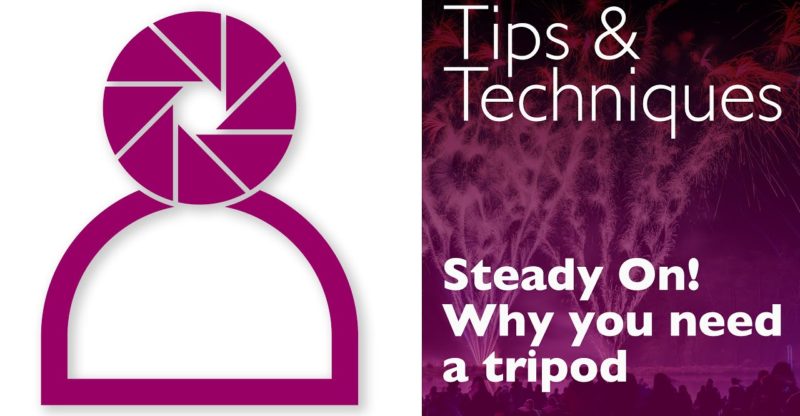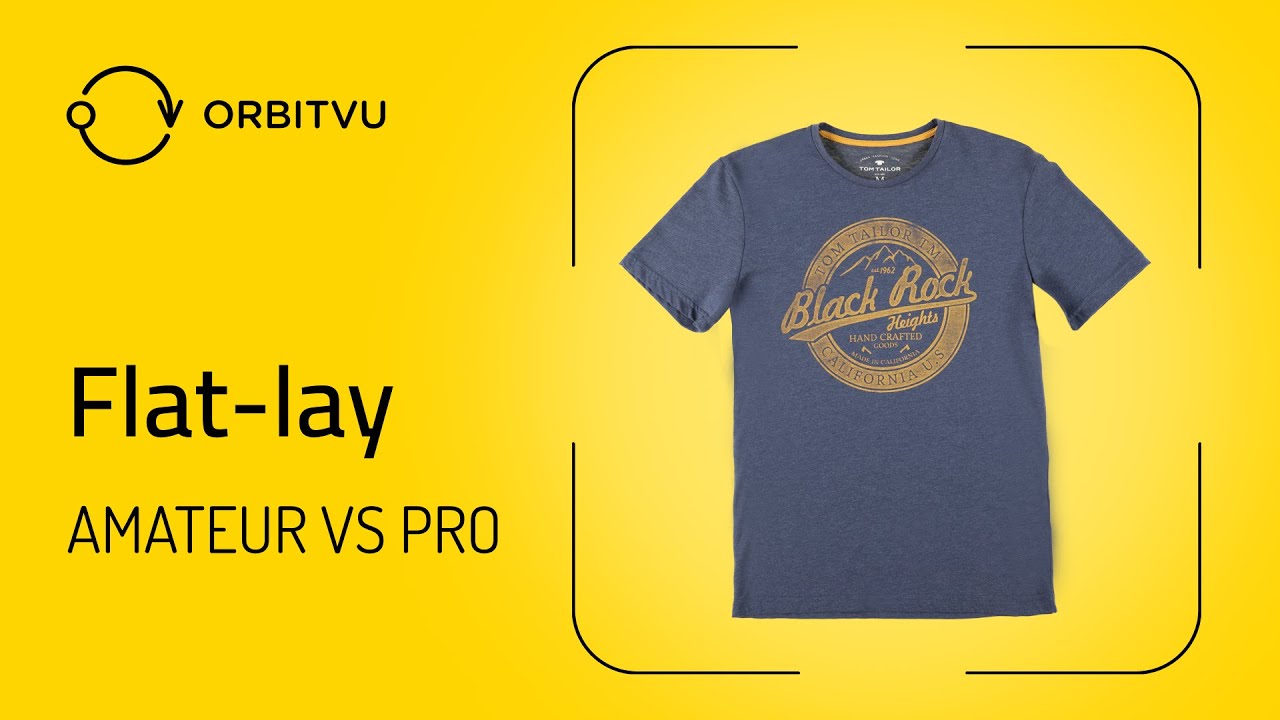Photography Tips and Techniques: Why you should consider a tripod
[Music] hello and welcome to this tips and techniques video from Master your Photography in this series we've carefully crafted a collection of short videos designed to provide you with key points on specific topics without any of the unnecessary waffle our goal is to give you practical information that you can immediately apply to your own photography we understand that your time is precious so we've condensed each video to deliver concise actionable information with our tips and techniques series you'll gain the knowledge and the confidence to improve your Photography in no time at all so that's probably enough waffle let's get started this video is all about tripods and why I think you should consider using one now the are lots of benefits to using a tripod but the main reason is usually because you want to take long exposures you want to leave the shutter open for several seconds so that you can capture maybe a dusk scene or a night scene or even here the Northern Lights so the shutter is going to be open for anything from a few seconds to possibly even several minutes now image stabilization that's built into cameras is really really good but it only really helps you up to to maybe half a second a second at the most once you go past that kind of shutter range then you really do need to be locking the camera down solidly on a tripod another useful benefit of a tripod is the improved Precision that you're going to get in your composition and your Framing and your focusing now if you take a lot of architectural shots then it's really important to make sure you've got the composition absolutely spot on you've got the verticals vertical the horizontals are horizontal and having the camera locked down really helps you with this kind of work landscape photographers again if you're going to be uh maybe waiting for the right light then it's really useful if you can get your camera locked down get the composition absolutely nailed and then wait for the light to change and give you that that splash of sunlight in the right place or whatever much much easier than trying to handhold the camera for what might turn out to be several hours of waiting and of course with macro photography your focusing has to be so precise and so again lock down the camera on a tripod make sure it's really nice and solid and then you can um really nail that Focus make sure that you get in the subject absolutely as sharp as it's possible to be there are many creative techniques that really require the use of a tripod to be able to do them properly things such as HDR that's high dynamic range images where you shooting multiple exposures and then combining them together in post production to give you the best overall exposure focus stacking panoramic shorts any kind of multiple exposure and of course time-lapse photography to create little videos all this uh kind of work does require a tripod you can do some of it without but it's always a little bit hit and miss whereas if you can get a really solid tripod lock that camera down then you're going to have a much higher success rate with this kind of creative work so when it comes to actually choosing a tripod what's the most important thing that you need to know well unfortunately the most important thing you need to know is probably that there's no such thing as the perfect tripod and chances are you are going to need more than one particular model depending on the kind of work you do the good news is that there are literally thousands of different tripods available and there's one for every size and situation from really small desktop models designed to take a small camera or even a mobile phone right up to really heavyduty tripods that will hold a a large format camera or even several cameras at the same time once you've decided on a size for your tripod the next most important thing is probably deciding what kind of tripod head you would like to use on it quite often you will buy the tripod without a head and and you purchase the head separately now a ball and socket head is a really popular option and it allows you to really be very quick in changing your composition you turn one lever usually and then the camera can move in all directions turn the lever again and it locks it so it's really really quick at changing composition a pan and tilt head on the other hand usually has three levers so that you can uh alter the position the angle of the camera in three different planes much more precise and so much more suited to a slower approach uh architectural photographers like them because you don't just release one lever and the camera is flopping about all over the place so again it's important to not only decide which tripod you would like but then also which head you want to use on it so here are some more questions that you need to be answering when you're looking for the right model what's the weight capacity how heavy can the camera be that it will carry what's the weight of the tripod itself if it's carbon fiber it will weigh a lot less than an aluminium one but it will cost you more what's the maximum height that this tripod can go to and when it is at that maximum height how stable is it and how do you lock the legs do you twist them or is it quick release levers because that would make a difference if you're working outdoors and trying to do it maybe with gloves on what about the feet has it just got rubber feet or does it have spikes which landscape photographers tend to prefer what about the head type is it ball and socket is it pan and tilt and does it have a quick release system and if it does is it compatible with the main system on the market which is the Swiss ARA one what about the folded size if you're going to carry this tripod say up a hill then will it fold down nice and small to go in a backpack and what about the center column is it removable so that you can use it say as a monopod or um do the legs actually come off so that you can use those as monopods so all these questions are important and need to be answered now remember what I said there's no such thing as the perfect tripod but there is a a tripod that will do the job that you want it to do for your kind of work and when you're doing a different kind of work work you probably need a different tripod just to illustrate that point here's our team using several of our tripods on a job um and I think at the last count we had about 10 different ones so consider a tripod it really can improve your photography it can make you stop and think about what you're shooting before you press the shutter thank you for tuning in to master your photography's tips and techniques series we hope you found this video useful and practical remember each photo you take is a stepping stone towards becoming a better photographer so get out there and capture the world in your own unique way until next time happy [Music] shooting














